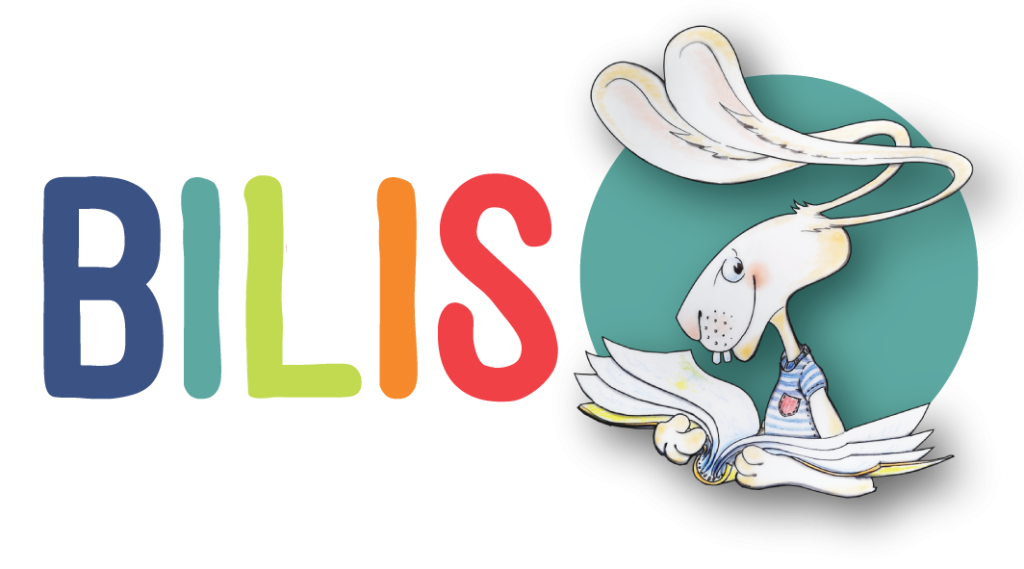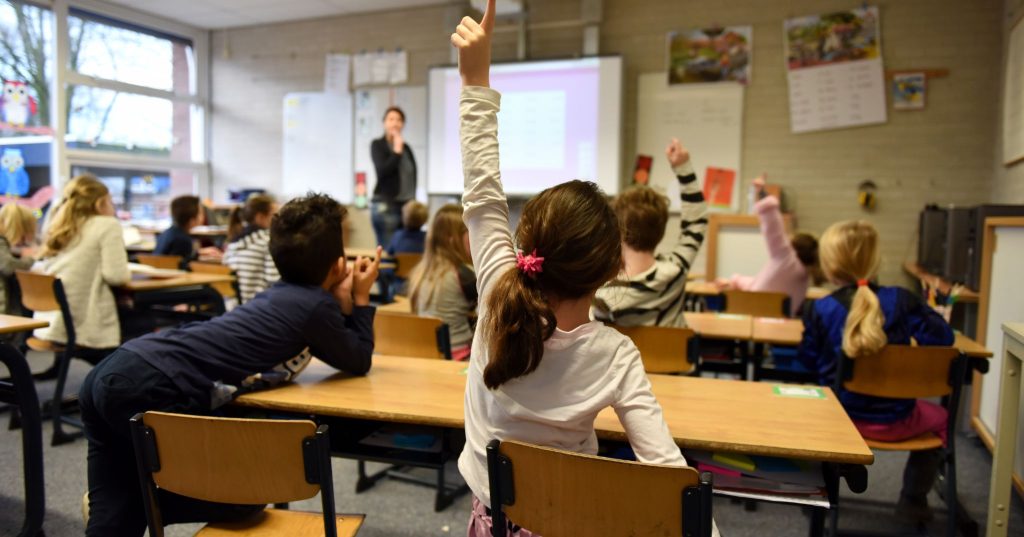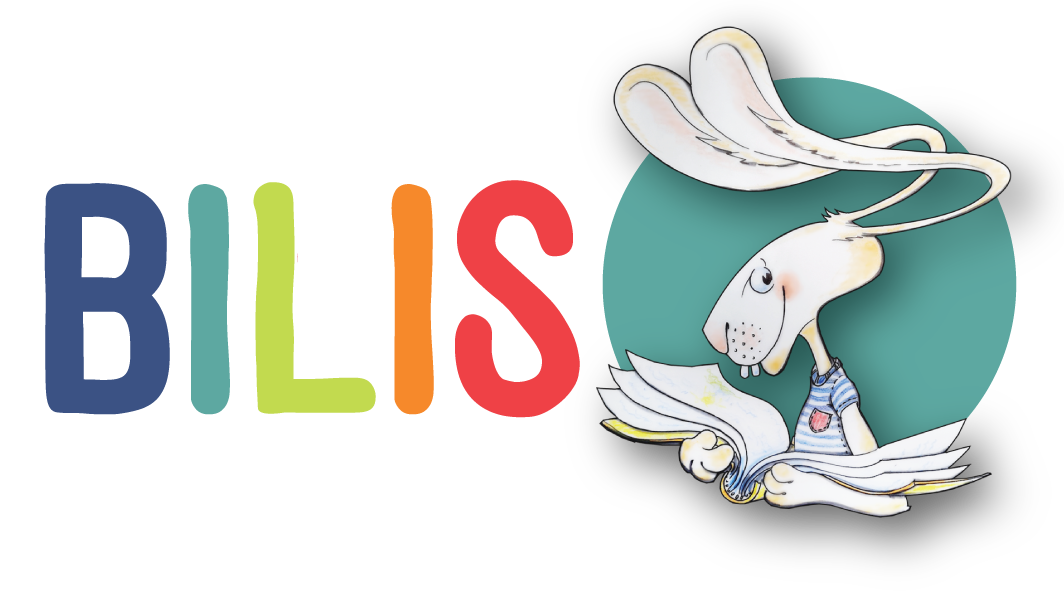A common strategy in raising bilingual children is the "one person - one language" approach. Initially, it was believed that this would prevent confusion and cognitive fatigue in bilingual children. However, current insights challenge this belief. Rather than relying on this strategy, the quantity and quality of language exposure are more crucial.
While the "one person - one language" method can be successful, it is not essential for successful bilingual acquisition. What's important is that children have quality language interactions, not merely passive TV watching. The quantity, meaning how many words children hear daily, profoundly influences their linguistic development.
Equal exposure to both languages enhances the chances of successful acquisition of both. However, it's crucial to note that even balance at an early age doesn't guarantee bilingualism later on. The primary language children hear in their surroundings and at school tends to be the dominant one. Less prevalent languages are more susceptible to being lost over time.
For parents, the key is to provide children with quality and ample exposure to both languages. The approach can be structured or flexible, depending on what best suits the family dynamic and the community's situation. It's vital to regularly evaluate how much language the child genuinely hears and adjust as needed.


